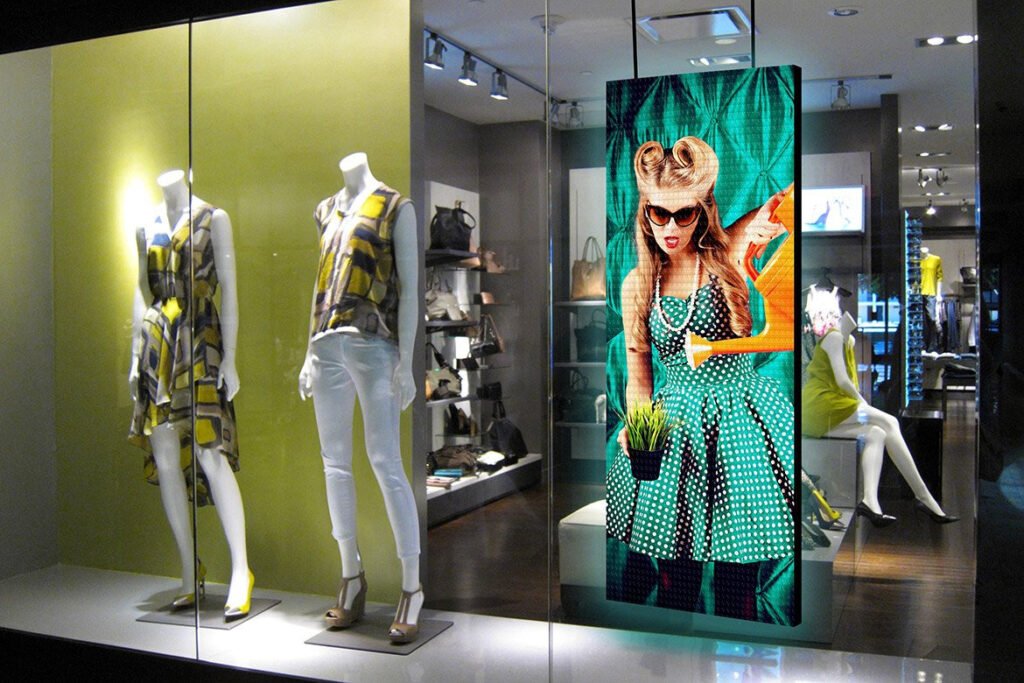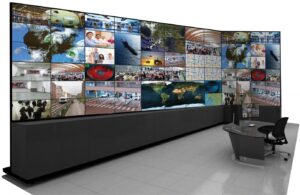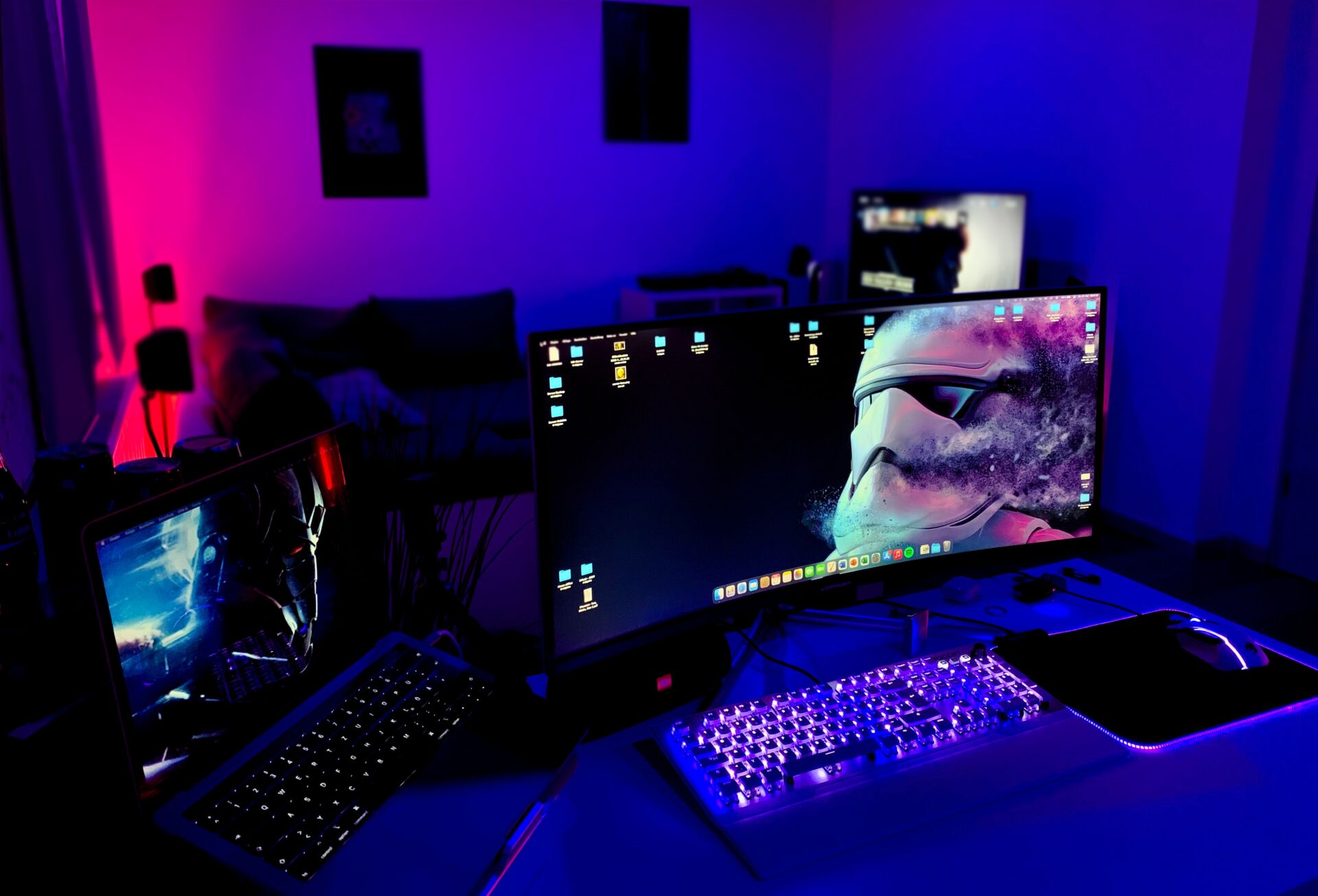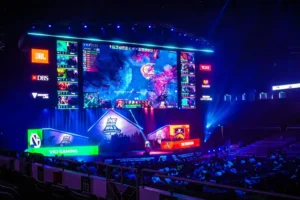LED VS LCD TVs : A Guide
In today’s market, selecting a TV can feel like walking into a store full of endless choices. From LED and LCD to QLED, UHD, and OLED, the options are numerous, and each technology has its own unique selling points. This can make the decision process feel overwhelming, especially when it comes to deciding between an LED TV and an LCD TV. Although their names sound similar, these two types of TVs are quite different from one another.
Many people are transitioning from LCD TVs to LED TVs, mainly due to the numerous advantages offered by LED screens. Understanding the differences between these two types of displays can help you make an informed decision about which is better suited for your needs.

Understanding LED vs. LCD Technology
The primary difference between LED and LCD displays lies in the technology used to produce the images on the screen.
To clarify, LED (Light Emitting Diode) screens are an advanced version of LCD (Liquid Crystal Display) screens. This means that all LED displays are a form of LCD, but not all LCDs use LED technology. Traditional LCDs use cold cathode fluorescent lamps (CCFLs) for backlighting, which are small fluorescent tubes that provide light to create images on the screen. In this context, “LCD” typically refers to this older technology that relies on CCFL backlighting.
LED screens, on the other hand, have advanced beyond this older method by replacing fluorescent backlights with LEDs, which are smaller and more energy-efficient. OLED (Organic Light-Emitting Diode) technology takes this a step further by eliminating the need for backlighting altogether. So, when comparing LCDs to LEDs, it’s clear that LEDs represent a newer generation of technology.

The Evolution of LED Displays
Initially, LED screens used edge lighting, where the LEDs were placed around the edges of the display. Over time, technology evolved into what is known as direct-view LED displays, where an array of LEDs covers the entire screen surface. This makes it possible to create larger displays without a proportional increase in cost. The quality of direct-view LED screens is often measured by pixel pitch, which is the distance between individual LEDs. The smaller the pixel pitch, the sharper and clearer the image quality.
Comparing LED and LCD: Which Is Better?
To determine which type of TV is better, several factors need to be considered, including energy efficiency, size, viewing angle, response time, contrast, lifespan, eye comfort, maintenance, cost, and overall picture quality.
- Energy Efficiency: LED TVs are more energy-efficient than LCD TVs because LEDs consume less power than fluorescent bulbs. For example, a 32-inch LED screen uses around 10 watts less than an LCD screen of the same size. The larger the screen, the greater the energy savings.
- Size and Thickness: LEDs are smaller than the fluorescent lamps used in LCD screens, allowing for much thinner panels. An LED display can be up to three times thinner than an LCD screen of the same size.
- Viewing Angle: While edge-lit LEDs might have limited viewing angles, direct-view LEDs provide better viewing angles compared to traditional LCDs.
- Response Time: LEDs typically have faster response times than LCDs, which results in smoother transitions and less motion blur.
- Contrast: LED TVs often have superior contrast due to their ability to offer full-array backlighting, allowing them to display a wider range of colors compared to LCDs, which are limited to white and black contrasts.
- Lifespan: LED displays generally have a longer lifespan, averaging around 100,000 hours compared to the 50,000-hour lifespan of LCD screens.
- Eye Comfort: LED displays are better for eye comfort as they allow for dimming of the backlight and offer a wider viewing angle without compromising image quality.
- Maintenance: LEDs are easier and cheaper to maintain because individual diodes can be replaced, whereas an entire bulb must be replaced in an LCD if it becomes damaged.
- Cost: While LEDs are generally more expensive upfront, they tend to be more cost-effective in the long run due to their durability and lower maintenance costs.

Which Has Better Picture Quality?
LED displays generally provide better picture quality than LCDs. The modular design of LEDs allows for better contrast control, resulting in clearer and more vivid images. Additionally, LEDs can provide true blacks and whites and have faster response times, both of which contribute to superior picture quality.
Weight Comparison
LED screens are much thinner and lighter than LCD screens, which means they weigh less. On average, an LED screen weighs about half as much as an LCD screen of the same size.
Summary of Pros and Cons
LCD Displays:
- Pros: Lower initial cost.
- Cons: Older technology, inferior picture quality, higher maintenance costs, shorter lifespan, bulkier design.
LED Displays:
- Pros: Superior picture quality, lower maintenance costs, longer lifespan, slimmer and lighter design, better viewing angles, good value for money in the long run.
- Cons: Higher initial cost.
Why LED is a Superior Choice
Overall, LED technology outperforms LCD in nearly all aspects except for the initial purchase price. However, considering the longer lifespan, better picture quality, and reduced maintenance costs, LED displays offer better value for money over time.
Conclusion
In the debate between LCD and LED, LED technology stands out as the more advanced, third-generation display solution. It is not only more attractive but also meets modern consumer demands and preferences for a high-quality viewing experience. As living spaces become more compact, ultra-thin LED displays offer a cinematic experience right at home, making them the preferred choice for many people today. Whether upgrading your home setup or buying your first TV, choosing an LED display is a smart decision for the future.




